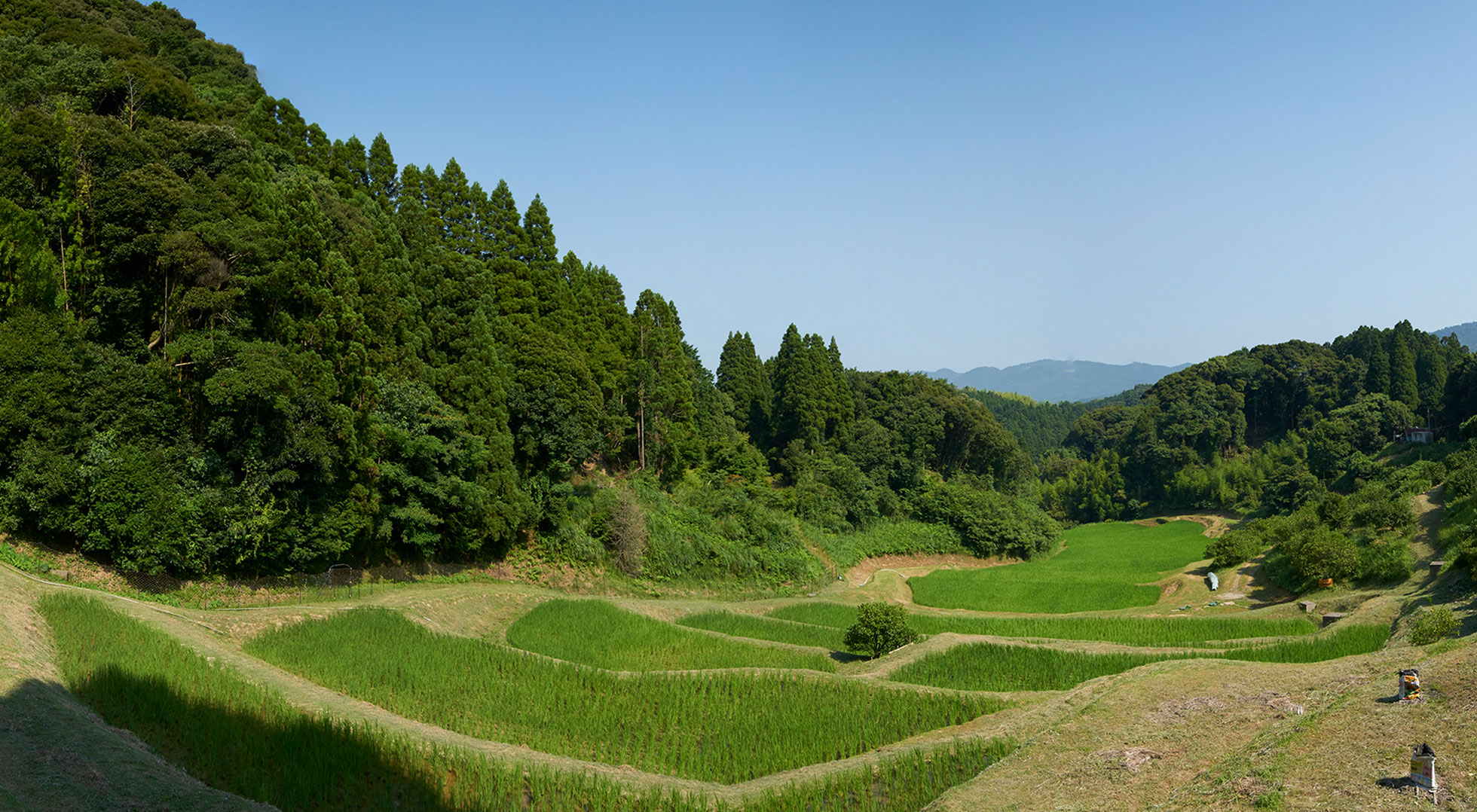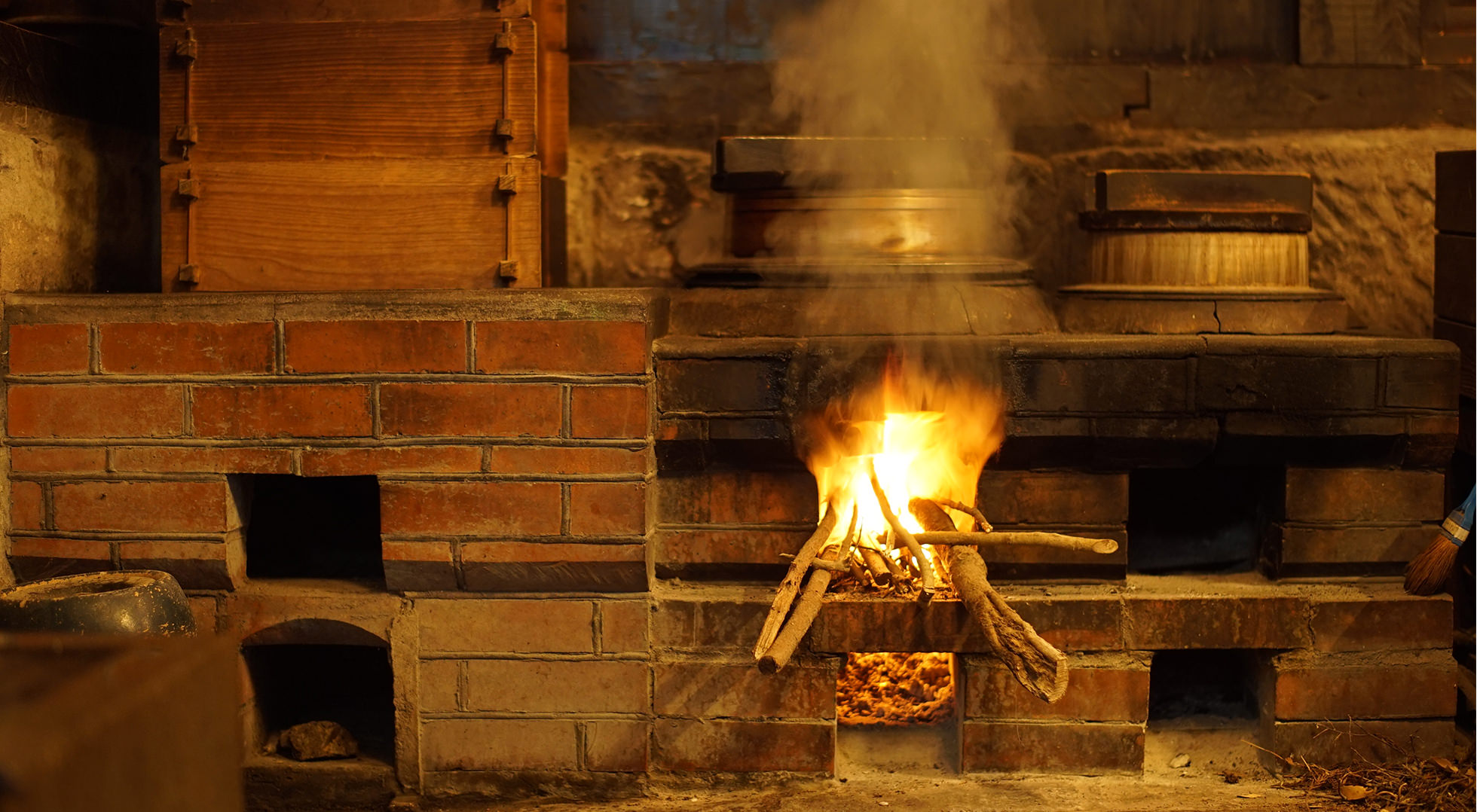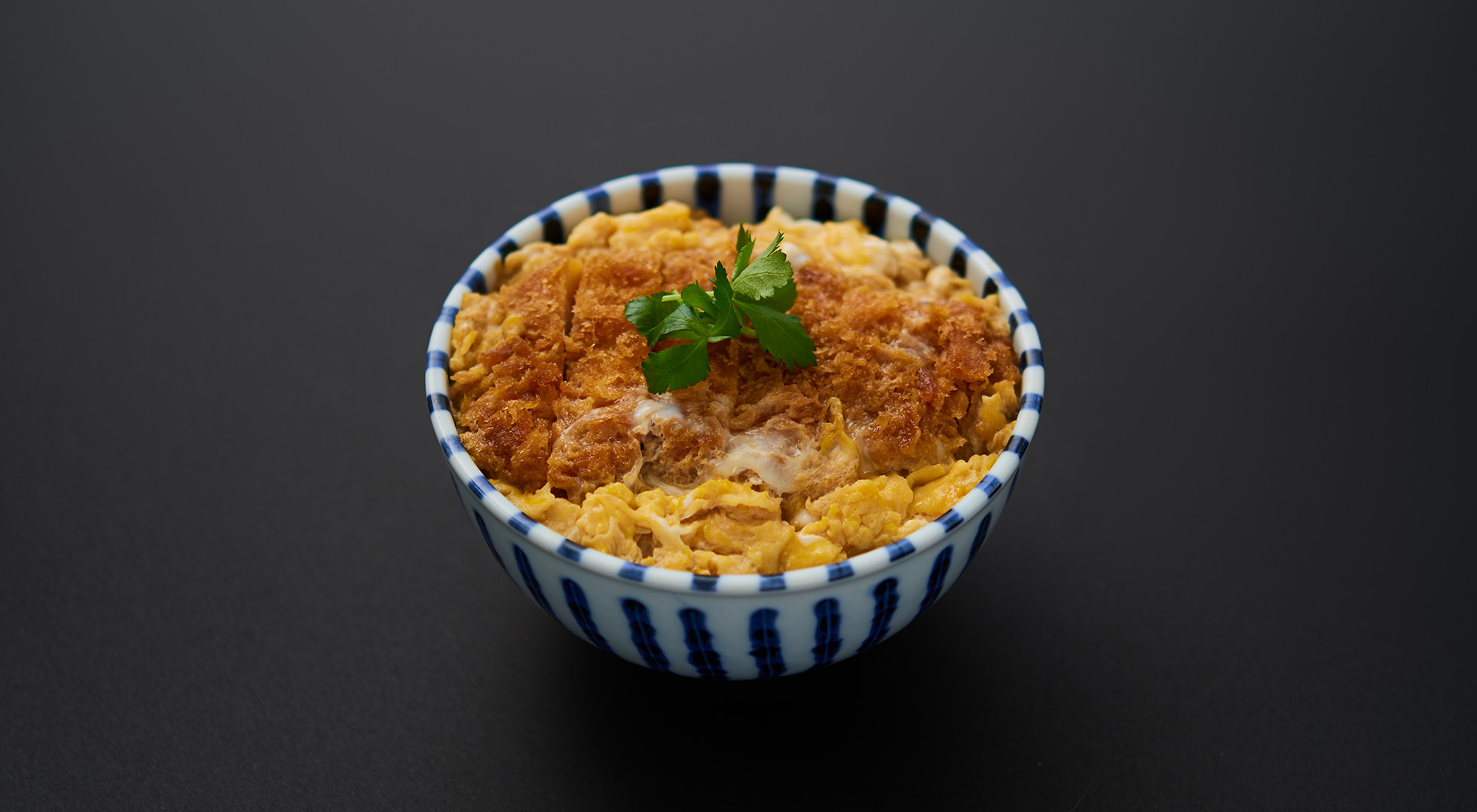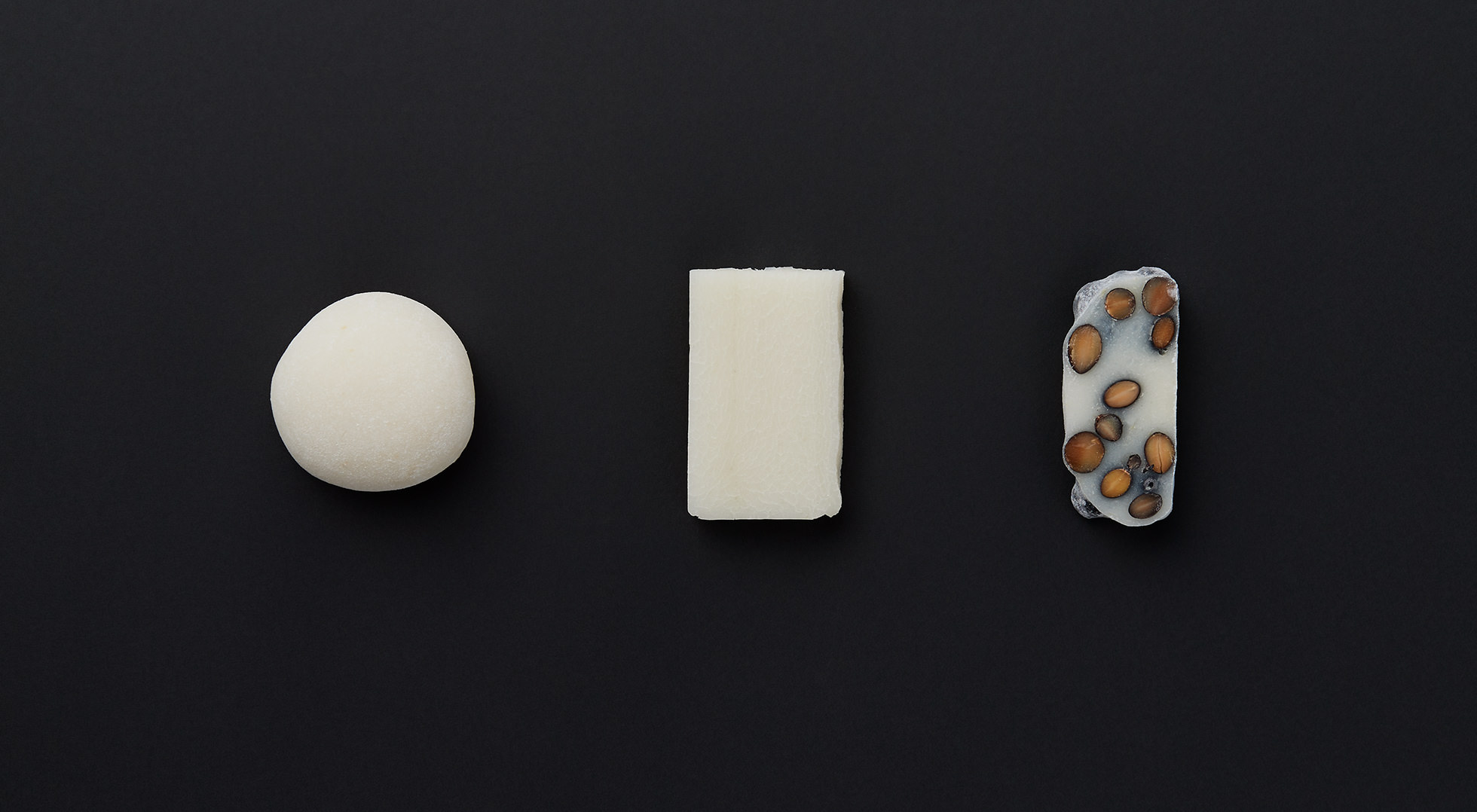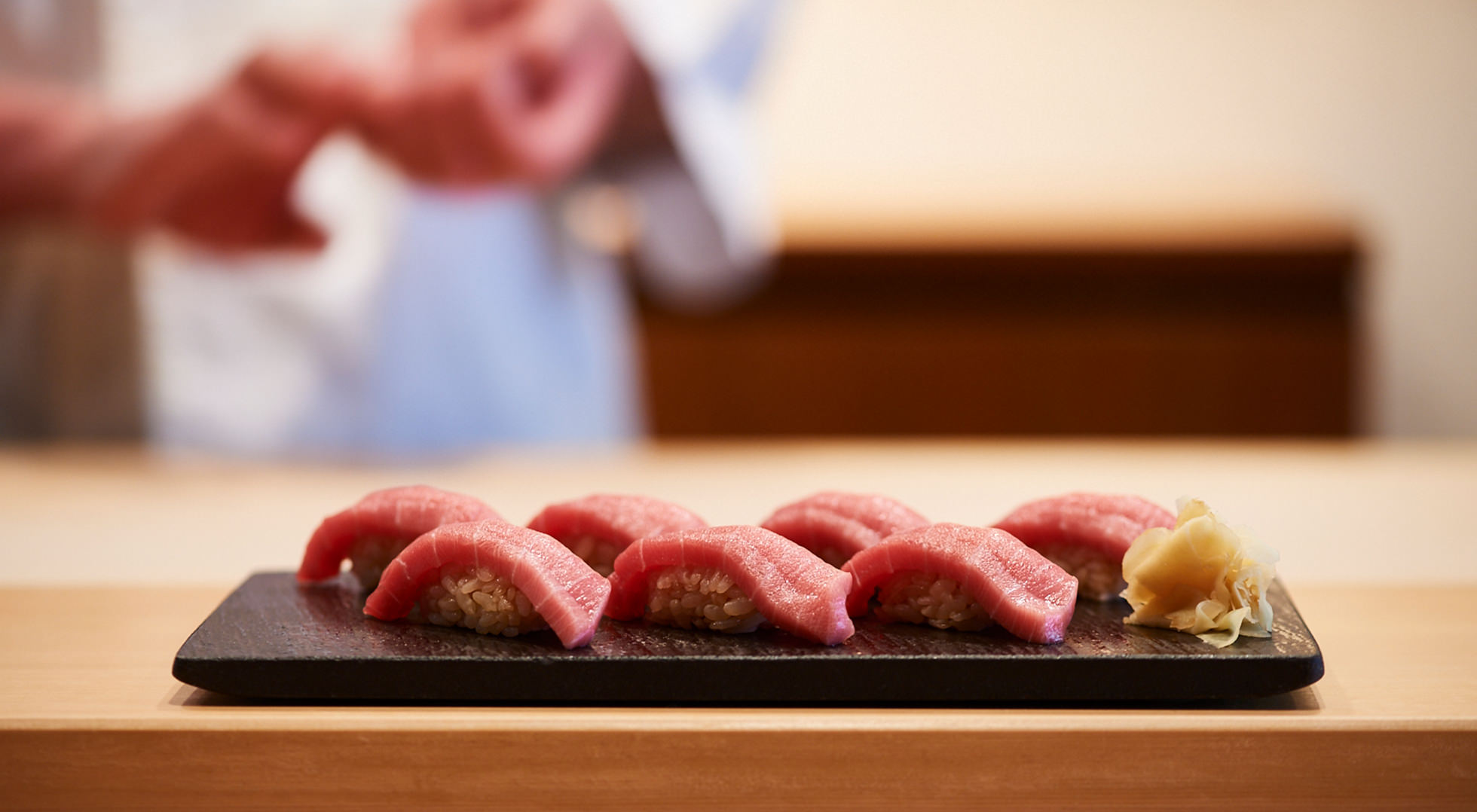Climate
Paddy landscapes called tanada (rice terraces) still remain in Japan. Rice terraces are said to have played a vital role in the flood control of the mountains. Furthermore, people used to process rice stems and leaves that remained after harvesting into straws, which have been used as a material for various things, such as containers to keep rice and eggs, mino (straw coats) to protect people from snow and rain, waraji (straw sandals) to protect people’s feet, and shimekazari (straw decorations) and shimenawa (straw festoons).

